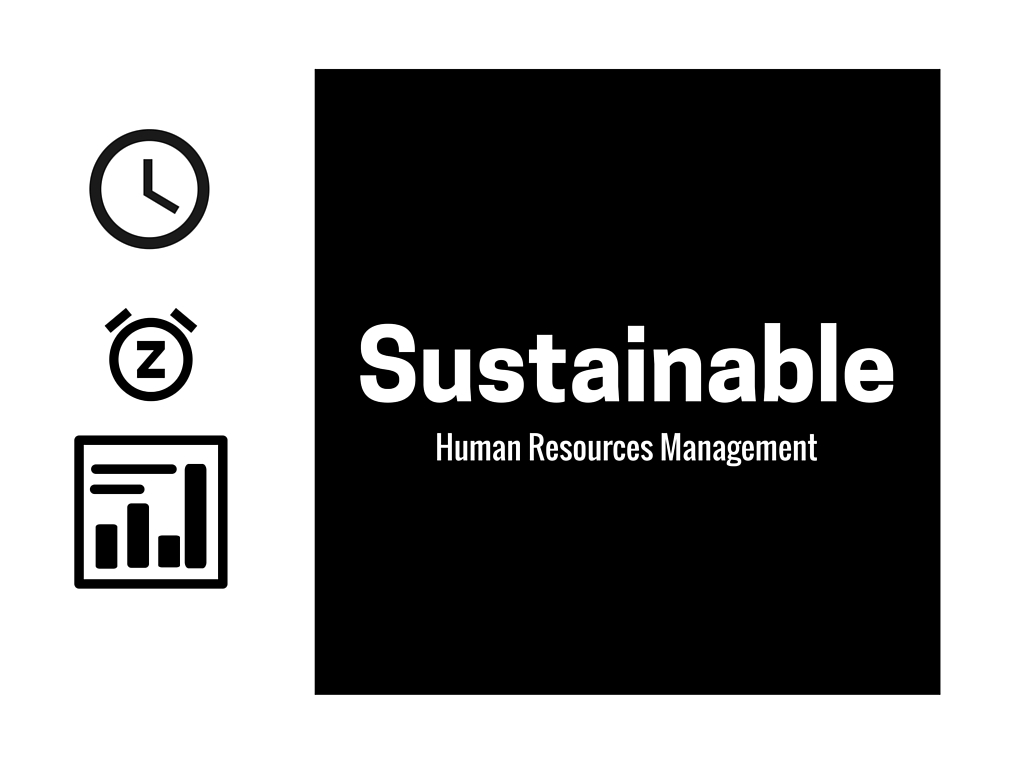Sustainable HRM as a new positioning
How do you develop a sustainable HRM approach? It’s a question many HR directors are asking. After a long period of unclear positioning of the HR-function, it’s time to set some things straight about the role and the purpose of HR. Even though I do not like the term ‘human resources management’ , I guess it’s here to stay. So let’s be clear about the role and purpose of HR. There is a strong need to make the process of HRM (more) sustainable. Sustainable HRM is the only way forward for HR if it wants to stay relevant.
Sustainability means that what you do today has a positive effect on tomorrow. So sustainable HRM is about creating competitive advantage for companies, sustainable employability for employees, shareholder value (based on future cash flow) for the shareholders, etc.
The question is how to do it. To me there are – at least – 5 ways.
5 ways to develop a sustainable HRM
Here’s how you can make HR (more) sustainable.
- Focus on the customer as he binds employees and shareholders together. Customers give meaningfulness to any organization. Even though investors provide the money for the enterprise, it’s finally the customer who decides that the service or product delivered is worth while. And who delivers the service? Right, the people working for the company.
- Strive for a balanced approach between all stakeholders, be it employees, shareholders, customers, communities. Lack of balance is not sustainable. A one-sided focus on performance and (short-term) shareholder return is not sustainable if you do not make sure other stakeholders can reach their goals at the same time. All stakeholders should benefit.
- See HRM as the process that makes sure people are willing and able to perform sustainably. There’s not much more to say about the purpose of HR. That process means that an organization creates a context where people are successful both professionally and privately.
- Develop a sustainable way of leadership within the organisation. Leadership is the key to many positive outcomes. However we know that leaders are the single most important reason for people to leave a company. Weak leadership does not create value. It destroys value. So in most companies there is work to do. For HR professionals a consistent and comprehensive leadership approach is at the core of the overall people strategy.
- Focus on the long-term. The people strategy can only be sustainable if it is long-term. The reason for that is that important business foundations like culture, trust and organisational learning need time to develop. There are no employees available from the tap and there is no instant-made culture.
As you can see many of these principles apply to general business. And that’s because people and business goals are heavily intertwined. There is no business without people and people need business to live and thrive.

Soft?
You might think that this is a soft approach. If you think that you need to ask yourself what the hard approach would be of the above approach. Is there a need to put hard and soft approaches of managing people in organisations next to another. Is there any value in having a hard people strategy versus a soft strategy?
Focussing on sustainable HRM is not soft at all. It means that you need to look at the value the process delivers for the organisation in the future. This is adding responsibility to action. In the short-term world of today, focussing on sustainability is difficult. So you need to be realistic and pragmatic. And that’s tough enough as it is.
In a next blog I will explain what happens when an organization does not get it right.
—————————
See also EY’s paper on the role of HR in driving sustainable business practices





